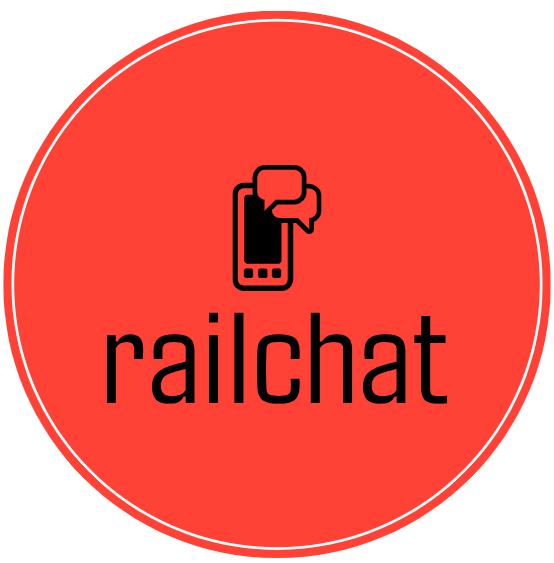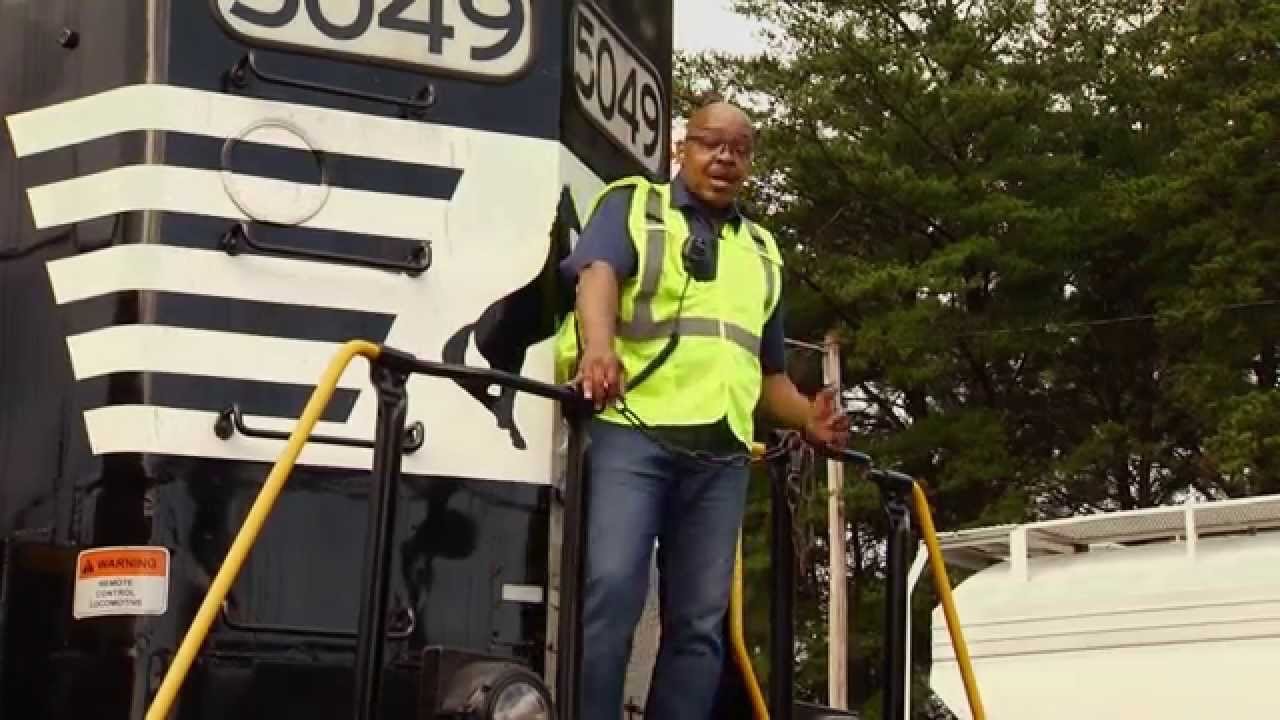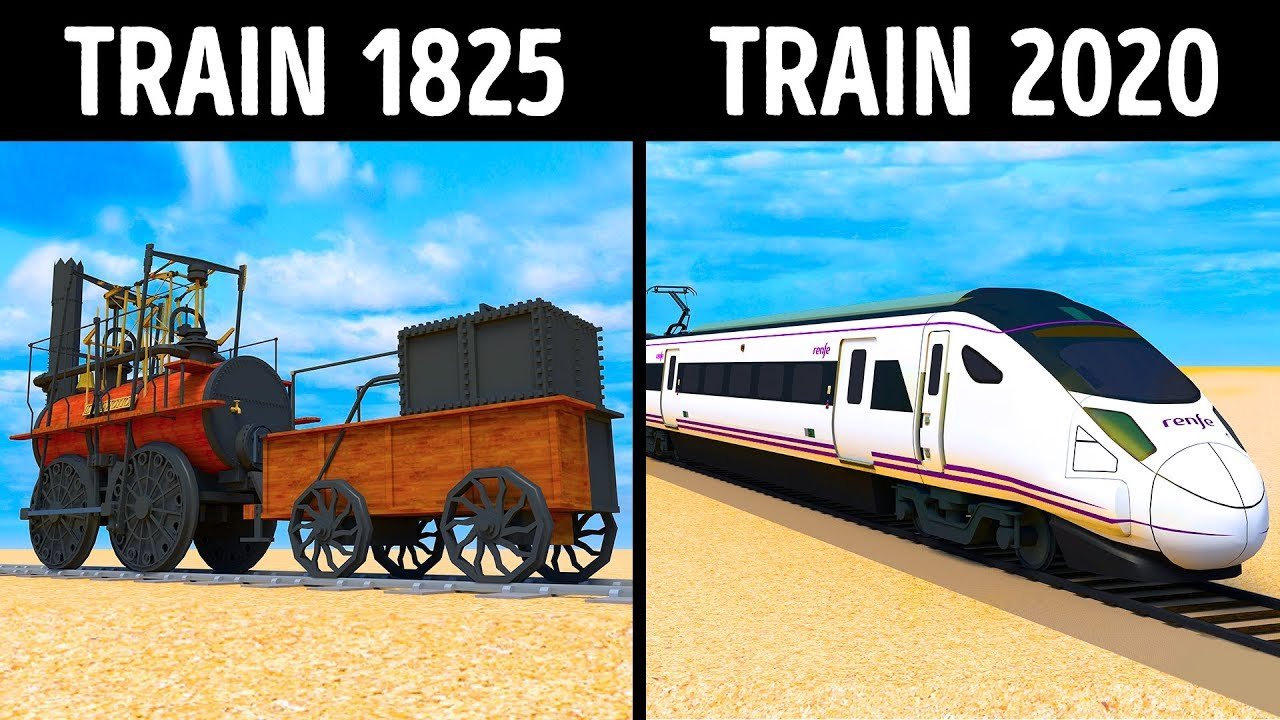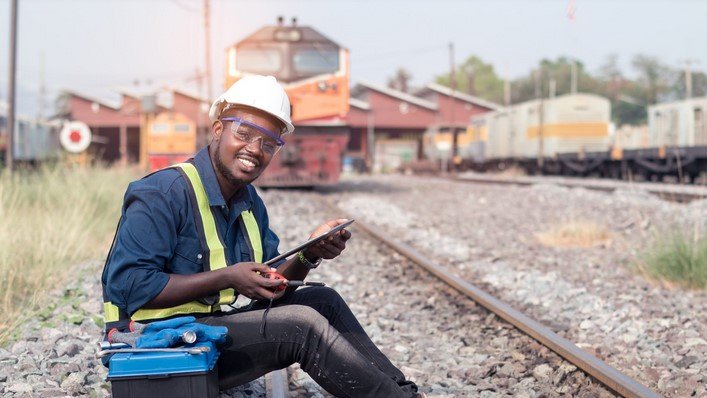1. Pre-Shift Preparation
The day for a train conductor begins long before they step aboard the train. Depending on the schedule, conductors report to the depot or station, often early in the morning or late at night, for shifts that can last anywhere from eight to twelve hours. The first task is to review the day’s schedule and the specific duties for the train they’ll be overseeing.
Pre-Shift Tasks:
- Reviewing the Route: Conductors receive a detailed briefing on the train’s route, any potential delays, and any special instructions or detours.
- Checking Safety Equipment: They ensure that all safety equipment—such as emergency communication devices, fire extinguishers, and first aid kits—is in working order.
- Crew Coordination: Conductors meet with other crew members, including engineers, ticket agents, and station staff, to discuss the day’s operations and synchronize their responsibilities.
2. Boarding the Train and Initial Checks
Once on the train, the conductor’s first priority is to inspect the train before departure. This includes checking the exterior for any visible issues, ensuring that the doors are secure, and confirming that all the carriages are properly linked.
Initial Checks Include:
- Verifying Train Numbers and Departure Info: The conductor ensures the correct train is at the platform, and that all information on the departure board matches the scheduled route.
- Safety Briefing: Conductors typically go over safety protocols with the crew, ensuring everyone is aware of emergency procedures.
- Ticket Inspection: They may perform an initial ticket check for any early passengers or inspect train compartments for any necessary adjustments.
3. The Journey Begins: Ensuring Safety and Smooth Operations
Once the train departs, the conductor takes on a more active role in the operation of the train. They’re responsible for making sure everything runs smoothly while keeping an eye on the safety and comfort of the passengers.
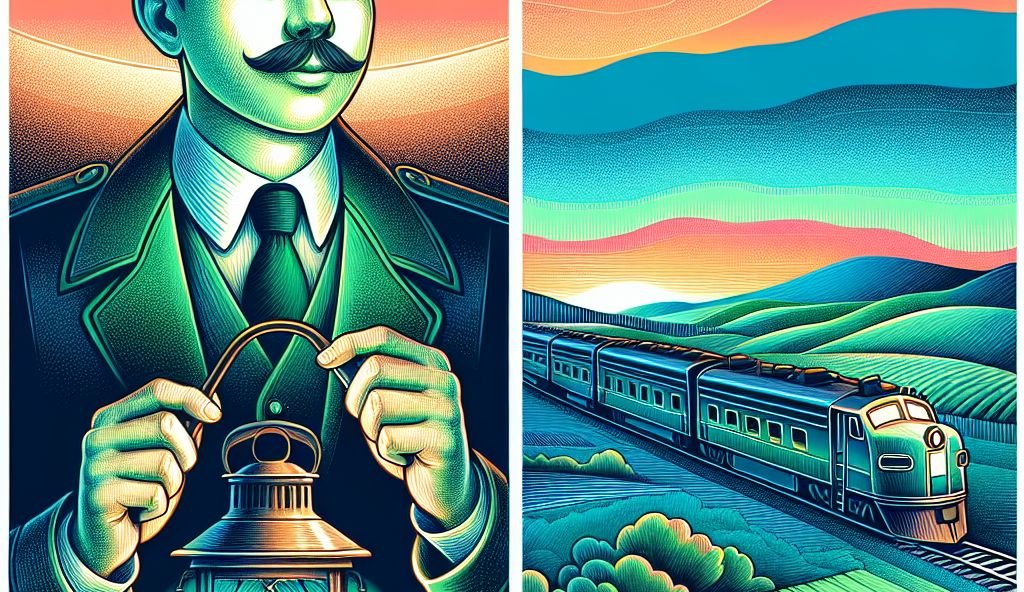
Key Responsibilities During the Journey:
- Passenger Interactions: Conductors are the first point of contact for passengers with questions or concerns. They might provide information on stops, delays, or connecting services. They also handle disputes regarding tickets or seating arrangements.
- Safety Monitoring: Conductors monitor the train’s operations, making sure that everything is functioning as it should. This includes checking the brakes, lighting, and overall condition of the train.
- Ticket Checking: One of the key duties of the conductor is to check tickets during the journey. This ensures that all passengers are accounted for, and those without tickets are either asked to pay or removed if necessary.
4. Navigating Delays and Emergencies
While train journeys often proceed as planned, conductors must be prepared for any disruptions. Delays can occur due to weather conditions, track issues, or other unforeseen circumstances. The conductor must keep passengers informed and ensure that the train maintains a safe pace.
Handling Disruptions:
- Communication: If delays or emergencies occur, the conductor communicates with the train’s engineer, control center, and other relevant authorities to manage the situation.
- Emergency Response: In the event of an emergency—whether medical, mechanical, or security-related—the conductor is the lead in managing the situation. This includes making announcements, coordinating with emergency personnel, and ensuring that passengers remain calm and informed.
- Passenger Assistance: Conductors may need to assist passengers with medical concerns, guide them during evacuations, or make sure all passengers are safe and accounted for during an incident.
5. Arriving at Stations: Coordinating Departures and Drop-offs
As the train approaches its destination, the conductor prepares for the arrival by ensuring everything is in order. This includes preparing passengers for departure and handling any last-minute requests or issues.
Arrival Tasks:
- Station Communication: The conductor coordinates with the station master and other railway staff to ensure a smooth entry and safe exit from the station.
- Passenger Disembarkation: Conductors supervise passengers as they disembark from the train. They make sure that everyone exits safely and assist passengers with their luggage if necessary.
- Debriefing the Crew: After the train has successfully completed its journey, the conductor debriefs the crew, discussing any issues that arose during the journey, such as delays or passenger concerns, and ensuring all systems are shut down properly.
6. Post-Shift and Reporting
Once the train has arrived at its final destination, the conductor performs post-shift duties, including filling out incident reports if there were any issues during the trip and ensuring that the train is prepared for its next journey.
Post-Shift Tasks:
- Cleaning and Maintenance Coordination: The conductor often oversees the cleaning and maintenance process to ensure the train is ready for the next trip. This includes ensuring that any damaged equipment or carriages are reported and repaired.
- Shift Reporting: Conductors submit reports on their shift, including any notable incidents, delays, or concerns they encountered. These reports are submitted to the railway company’s control center or station office for further action.
7. Challenges and Rewards
Being a train conductor isn’t without its challenges. Long hours, occasional disruptions, and dealing with a variety of passengers can be demanding. However, the role is also incredibly rewarding for those who enjoy the sense of responsibility and the dynamic nature of the job.
Challenges:
- Long Shifts: Conductors may work early mornings, late nights, and weekends. The job requires them to be on their feet for long periods and to manage different time zones.
- Dealing with Difficult Passengers: Conductors are often called upon to resolve disputes or handle unruly passengers, which can be stressful.
- Weather and Delays: Harsh weather conditions or track issues can lead to delays, and conductors must manage passenger expectations and communicate effectively during such situations.
Rewards:
- Job Satisfaction: Many conductors enjoy the sense of duty and fulfillment that comes with keeping passengers safe and ensuring a smooth journey.
- Variety: Every day is different—conductors may travel through different landscapes, meet new people, and face new challenges, keeping the job exciting.
- Impact: Conductors play a crucial role in the safety and efficiency of rail transport, contributing to the smooth operation of a vital transportation system.
Conclusion
A train conductor’s day is filled with variety, responsibility, and constant engagement with both passengers and the railway system. From ensuring safety and comfort to managing delays and handling emergencies, the job is integral to the smooth running of a train journey. It’s a role that requires patience, technical expertise, and strong interpersonal skills. For those who enjoy the rhythm of the rails, the challenges of the job, and the reward of delivering safe and reliable service, being a train conductor can be an immensely satisfying career.
